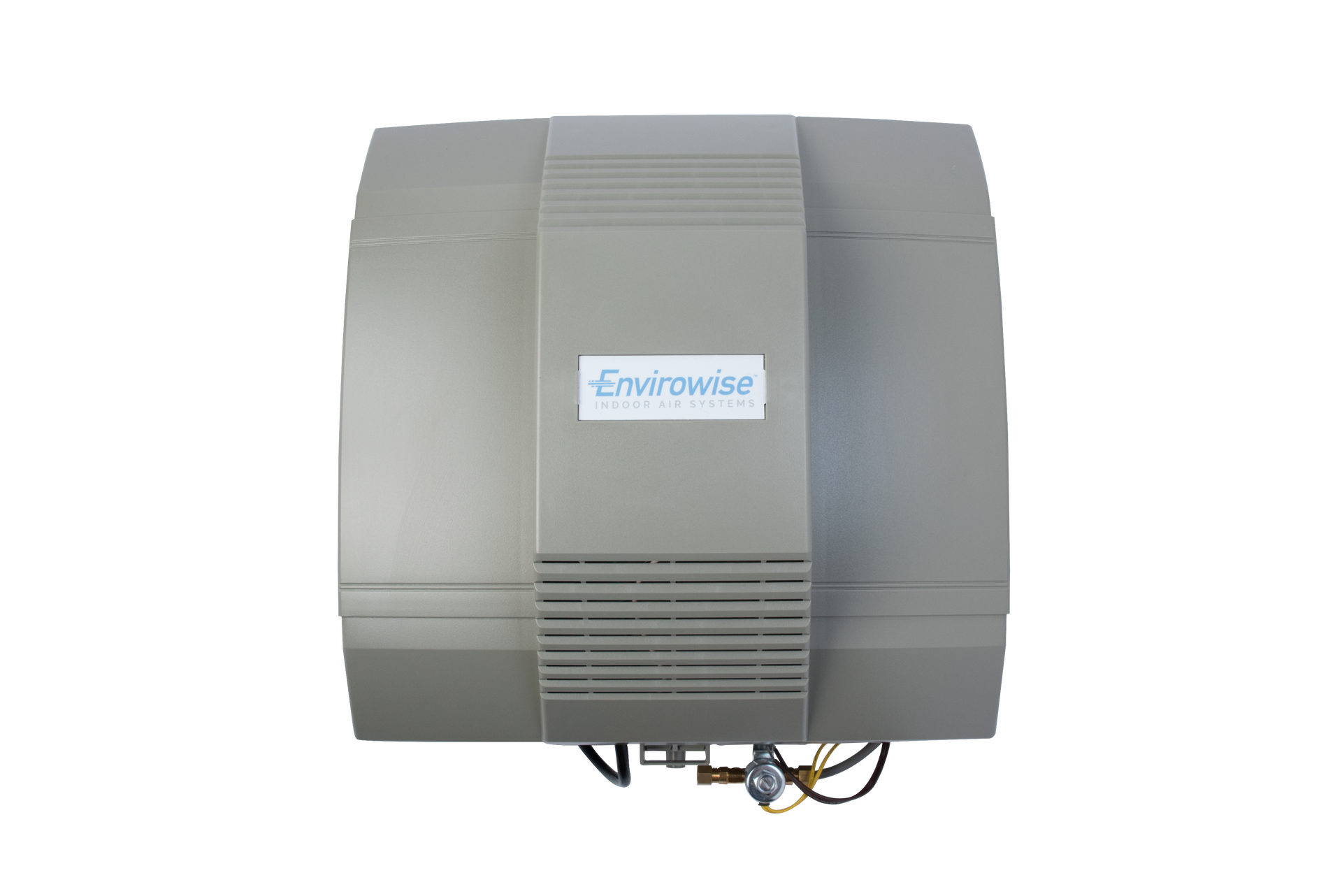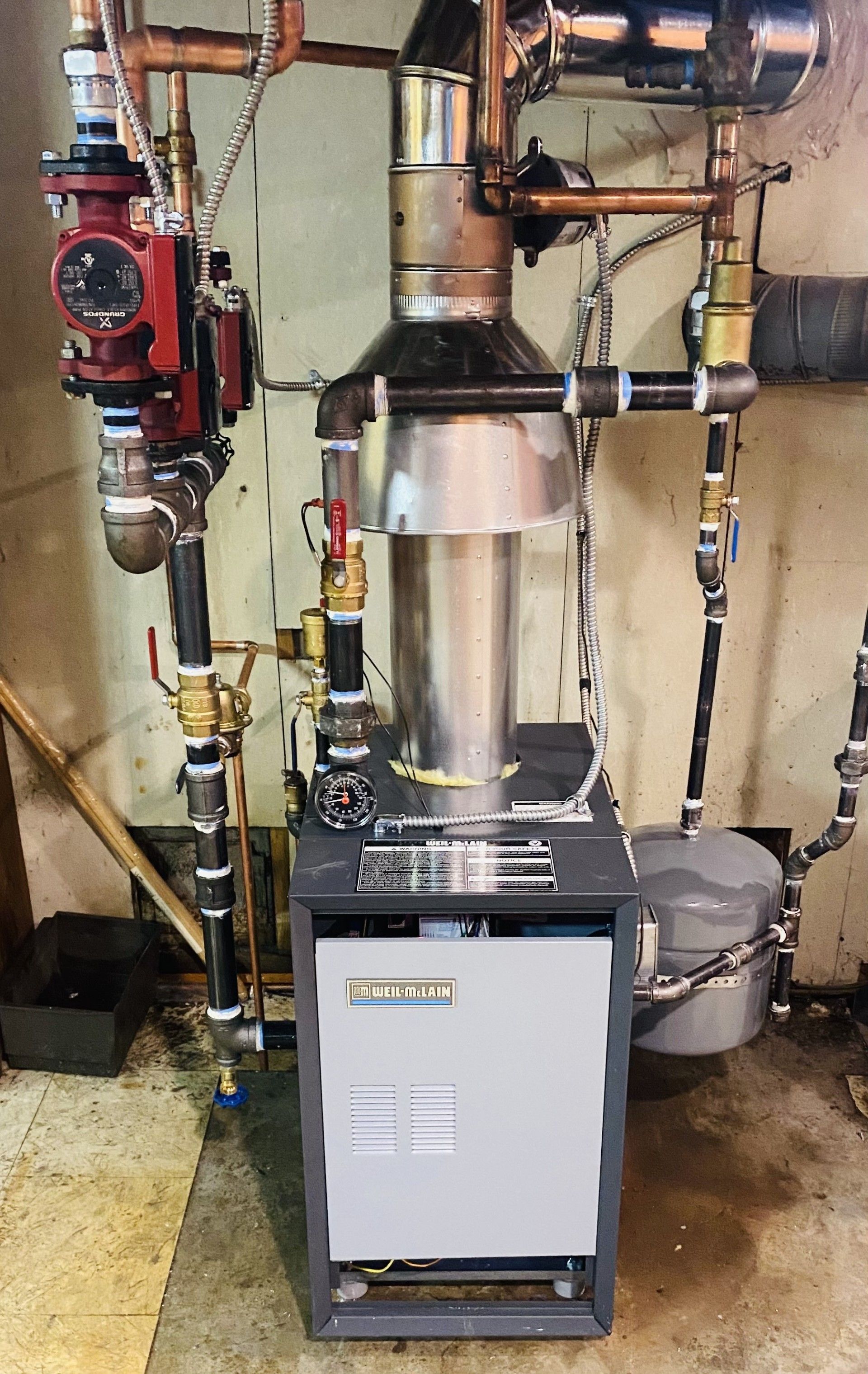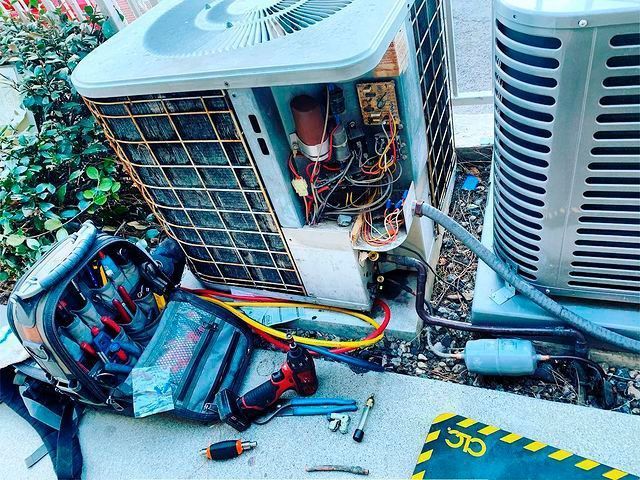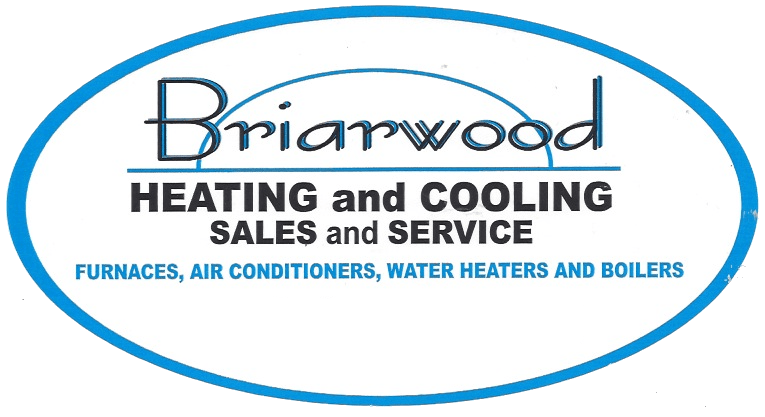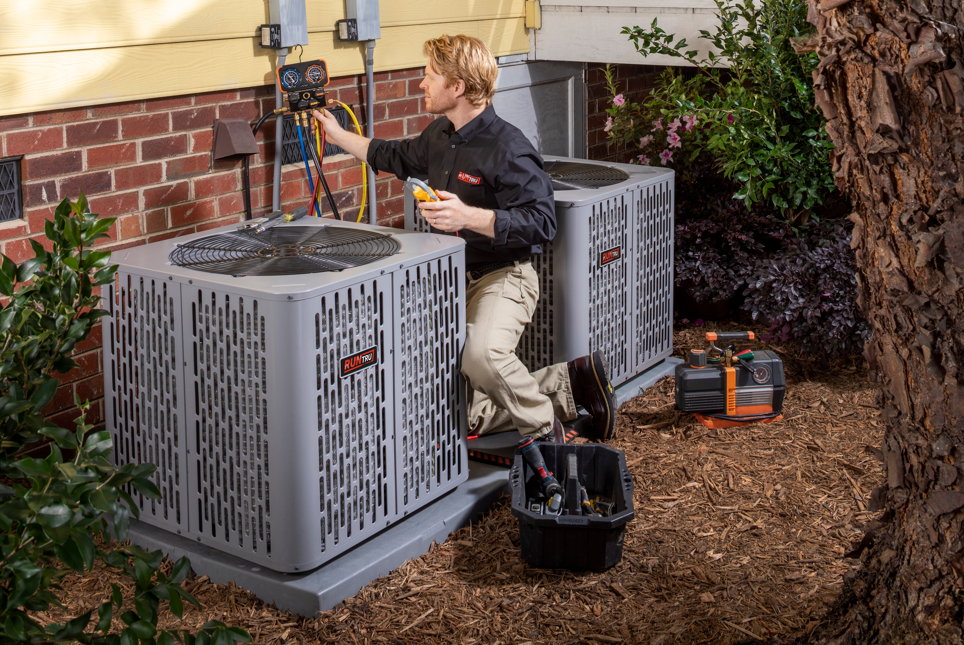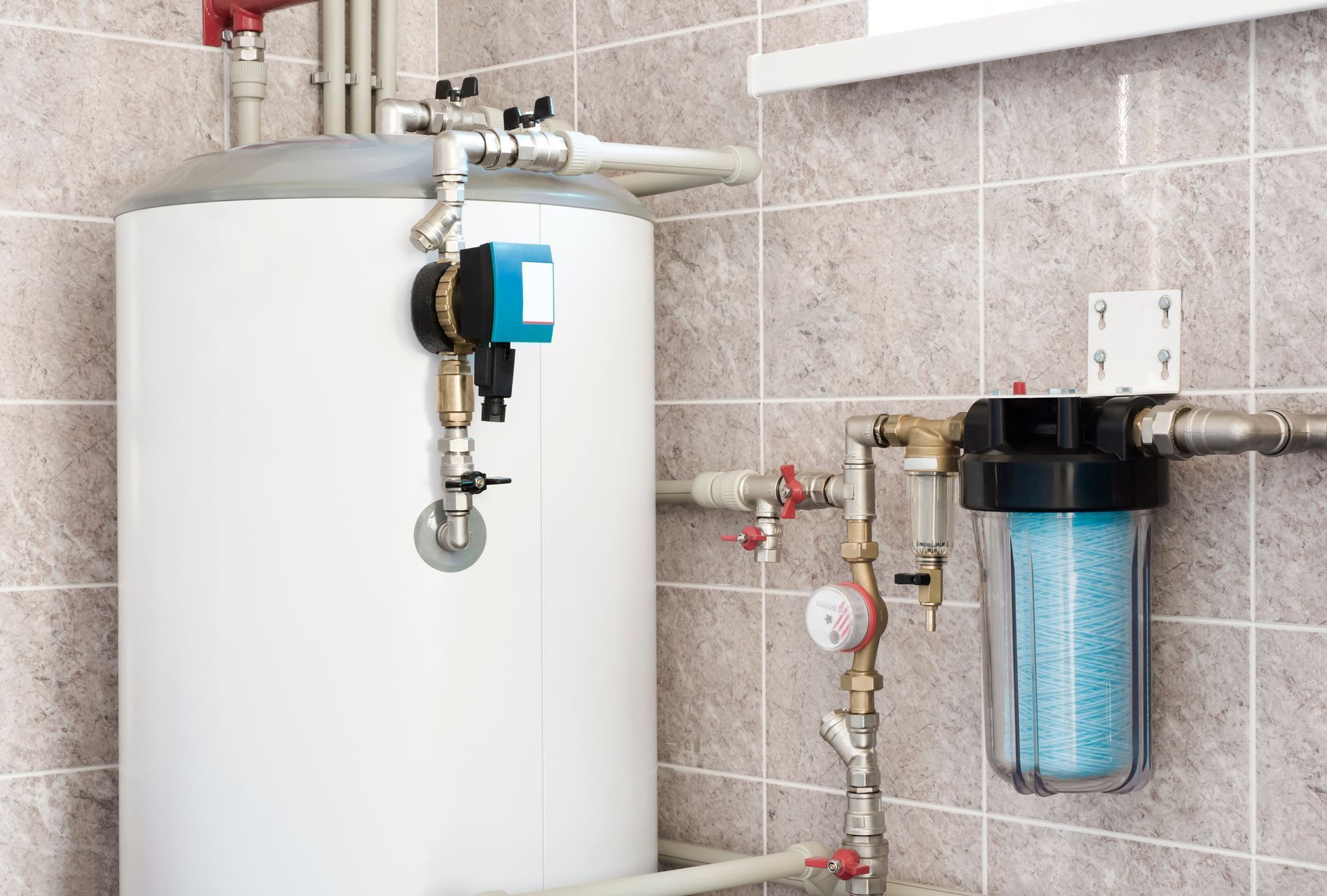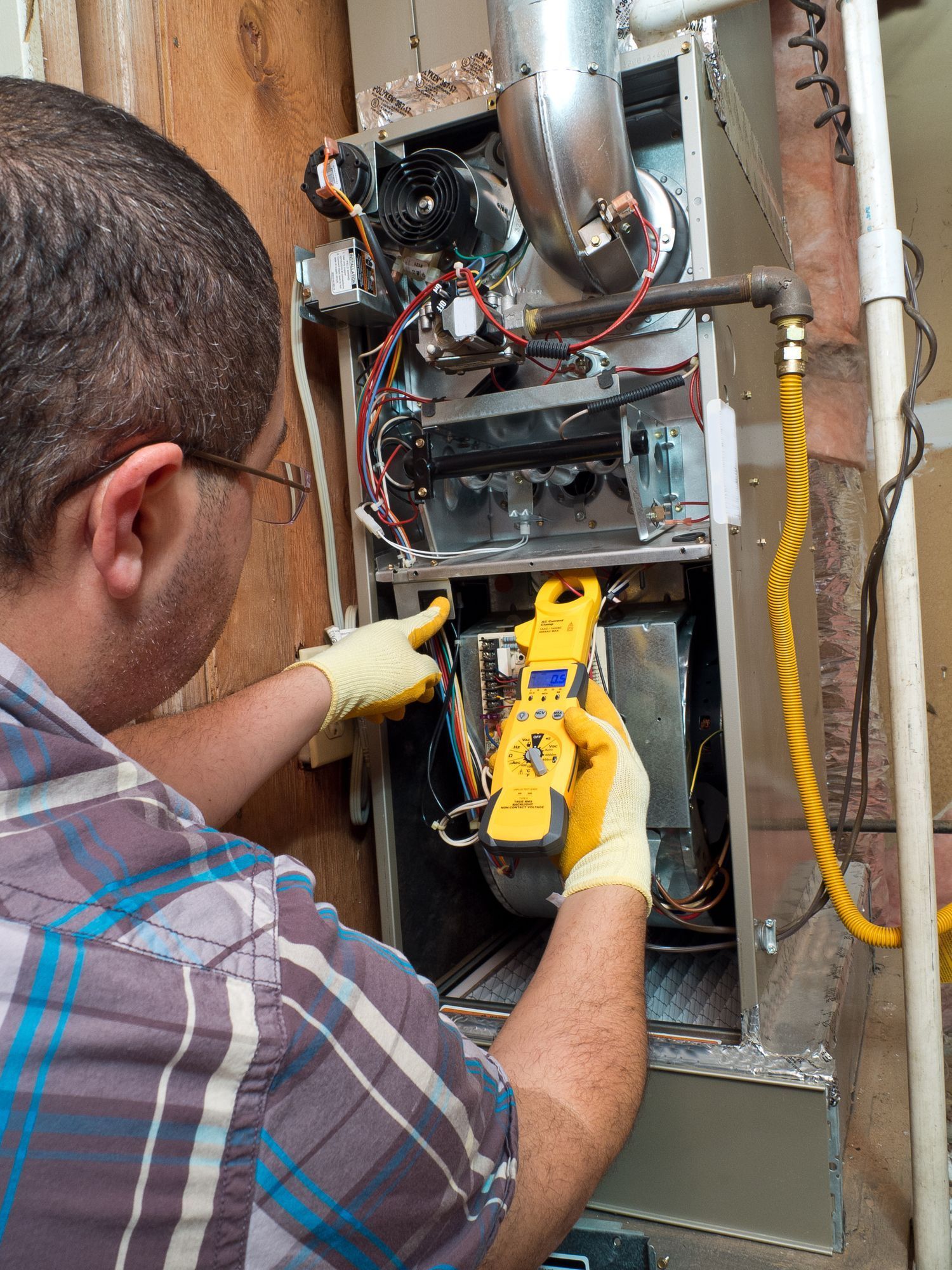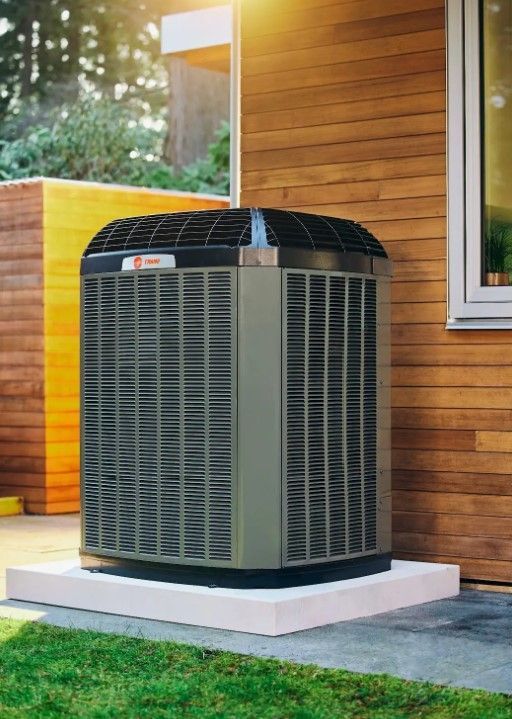When Should You Replace Your Furnace?
A Homeowner's Guide from Briarwood Heating and Cooling
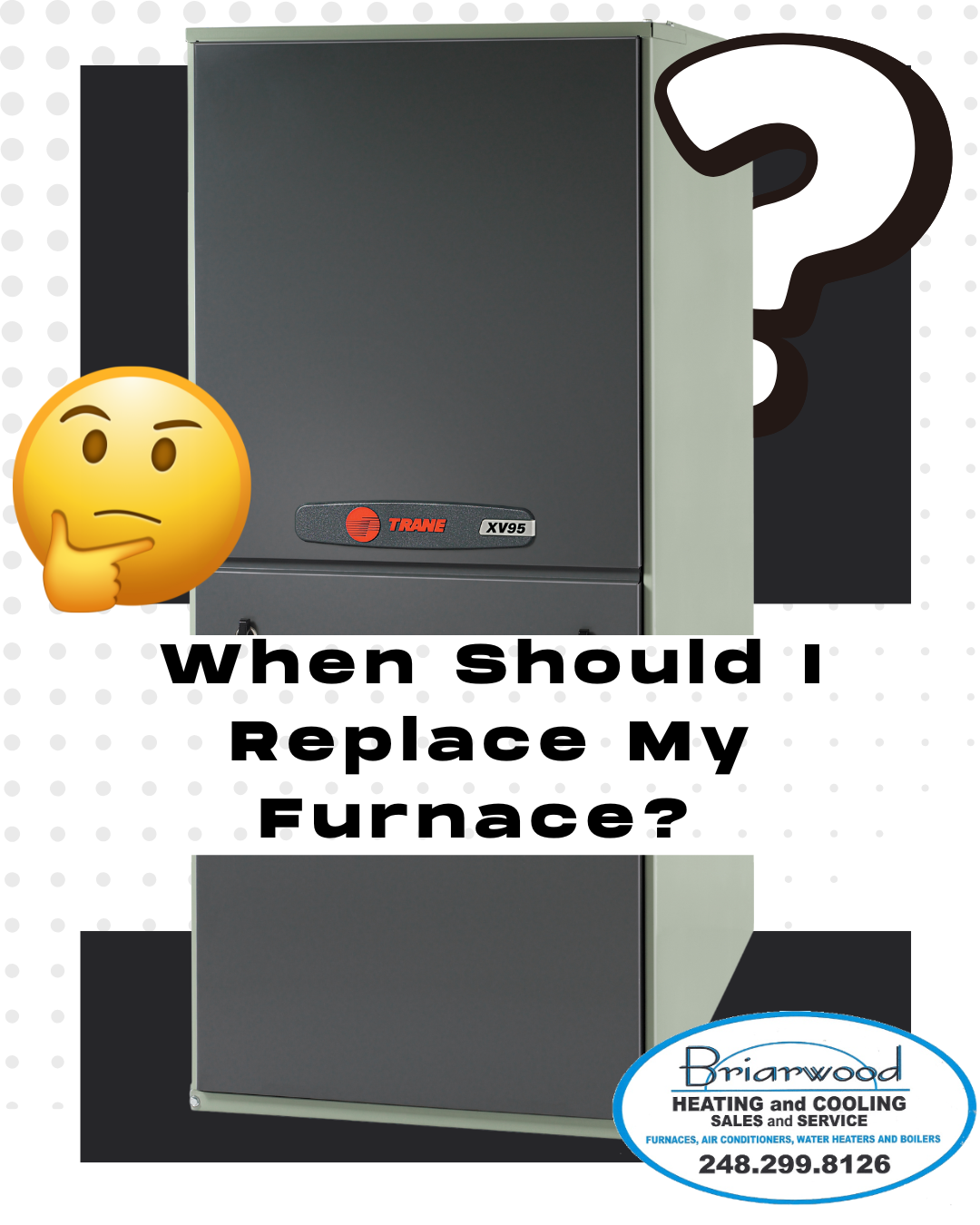
Your furnace has been keeping your family warm through Michigan winters for years. But lately, something's off. Maybe it's strange noises, climbing energy bills, or that one bedroom that never warms up. You're wondering: Is it time to replace my furnace?
After nearly 30 years serving Rochester Hills, Shelby Township, Sterling Heights and surrounding areas; we have completed thousands of furnace installations, we know this decision isn't always or simple. Here's our honest guide to help you decide.
The Quick Answer
Most furnaces should be replaced between 15-20 years. But age isn't everything. The best time to replace is when:
- Repair costs exceed 50% of replacement cost
- Energy bills have increased 15-30% over recent years
- Your comfort is suffering (cold rooms, constant breakdowns)
- Safety concerns arise (yellow flames, CO risks)
Let's break down the seven clear signs it's time for a new furnace.
7 Signs It's Time to Replace Your Furnace
1. Your Furnace Is 15+ Years Old
Even if it "still works," furnaces over 15 years old are operating on borrowed time.
Furnaces over 15 years old are:
- 40% more likely to need emergency repairs
- 25-35% less efficient than modern systems
- Costing you $400-600 extra per year in energy
The efficiency gap: Your 2005 furnace might have been 90% efficient when new. Today's models hit 95-98% efficiency with variable-speed operation your old system never had.
Real savings: A homeowner with a 2,000 sq ft home can save $400-600 annually upgrading from an 80% system to a 96% AFUE furnace.
2. Repair Costs Are Adding Up
The 50% Rule: If a single repair costs more than 50% of a new furnace, replacement usually makes more sense—especially if your system is 15+ years old.
The "death spiral" pattern:
- Winter 2023: Blower motor - $450
- Winter 2024: Ignitor and sensor - $580
- Winter 2025: Control board - $720
- Total: $1,750 over 3 years
That $1,750 could have been a down payment on a new system with a 10-year warranty.
When repair makes sense:
- Furnace under 10 years old
- Single isolated problem
- Repair under $500
- Well-maintained system
- You're moving within 2-3 years
3. Energy Bills Keep Climbing
What's normal: 3-5% annual increases (utility rates)
Red flag: 15-30% increases over 2-3 years with similar usage
Why it happens: Heat exchangers corrode, blower motors wear down, sensors drift, and debris accumulates. Your furnace runs longer to heat your home, burning more gas.
4. Uneven Heating Throughout Your Home
"The upstairs is freezing while the main floor is a sauna." Sound familiar?
Why old furnaces create hot/cold spots:
- Single-stage operation: They're either blasting at 100% or completely off
- Fixed-speed blowers: Can't adjust to different zones
- Improper sizing: Oversized systems short-cycle and create temperature swings
- Ductwork issues: Aging furnaces can't compensate anymore
Modern solution: Variable-speed, two-stage furnaces run longer at lower speeds, distributing heat evenly throughout your home.
5. Frequent Breakdowns
Listen, we like that you keep us on speed dial when something goes wrong. However, If you're calling for repairs more than once every 2-3 years, you're in the "failure zone."
Why breakdowns accelerate:
- Parts become discontinued/scarce
- One failure stresses other components
- Diagnosis becomes more complex
The emergency premium: Furnaces break during polar vortexes, not mild October afternoons. Emergency repairs cost 50-80% more due to overtime rates, rush parts, and high demand.
6. Strange Noises You've Never Heard
Furnaces should be relatively quiet. New sounds often signal impending failure.
Loud banging at startup: Delayed ignition (gas building up then igniting). Can crack heat exchangers and cause CO leaks. Common on 12+ year systems.
Constant rattling/vibrating: Blower wheel imbalance or failed motor mounts. Repair costs $400-900—usually not worth it on 15+ year furnaces.
Squealing/screeching: Blower motor bearings failing. Gets louder over weeks, eventually fails completely (usually during the coldest week).
Rumbling after burner shuts off: Potentially cracked heat exchanger. This is a safety emergency. Shut off your furnace and call us immediately at 248-299-8126.
Modern furnaces are remarkably quiet. If yours sounds like a jet engine, it's time for an upgrade.
7. Yellow or Flickering Burner Flame (SAFETY CRITICAL)
What's healthy: Steady, blue flame (perhaps small yellow tip)
What's dangerous: Mostly yellow/orange flame, flickering, or visible soot
What it means: Incomplete combustion, which causes:
- Carbon monoxide production (safety risk)
- Wasted energy (higher bills)
- Soot buildup (damages components)
Common causes on 15+ year furnaces:
- Cracked heat exchanger
- Dirty burners (years of buildup)
- Improper air mixture
- Failing gas valve
CARBON MONOXIDE WARNING:
If you notice:
- Yellow flame
- Soot around furnace
- Family headaches or flu-like symptoms
- CO detector alarming
SHUT OFF YOUR FURNACE IMMEDIATELY and call us at 248-299-8126. This is a genuine emergency.
We typically recommend immediate replacement for furnaces with yellow flames over 15 years old, as repair costs approach new system costs.
The Repair vs. Replace Decision Tree
REPAIR Makes Sense:
✅ Under 10 years old
✅ Single, clear issue
✅ Repair under $500
✅ Well-maintained
✅ Energy bills stable
✅ Moving within 2-3 years
REPLACE Makes Sense:
✅ 15+ years old
✅ Multiple/recurring issues
✅ Repair over $1,000
✅ Bills increasing significantly
✅ Uneven heating
✅ Staying 5+ years
✅ Safety concerns
High-Efficiency vs. Standard: Worth It?
Quick comparison for 2,000 sq ft home:
80% AFUE (Standard):
- Installed: $3,800-4,800
- Annual heating: ~$1,450
- 10-year total: ~$18,300
96% AFUE (High-Efficiency):
- Installed: $5,500-7,000
- Annual heating: ~$1,085
- 10-year total: ~$16,350
Net savings over 10 years: $1,950+
Payback: 4-5 years
High-efficiency also provides:
- Better comfort (variable-speed = even temps)
- 50-70% quieter operation
- Better air filtration
- Higher home resale value
Our recommendation: For homeowners staying 5+ years, high-efficiency systems almost always make financial sense AND provide dramatically better comfort.
Financing & Incentives (2026)
Financing:
- 0% for 18 months
- No prepayment penalties
Federal Tax Credits:
- Up to $600 for 97%+AFUE furnaces
Utility Rebates:
- DTE Energy: gas customers Up to $300
- Consumers Energy: Up to $300
Total savings example:
- 97%AFUE furnace: $6200
- Federal credit: -$600
- Consumer Energy gas rebate: -$300
- Net cost: $5300 or $294/month for 18 months (0% APR) with a minimum monthly payment for approved homeowners
Why Choose Briarwood?
25+ Years Serving Rochester Hills
We're your neighbors. Family-owned. Built on trust. Always here.
Trane Comfort Specialist
Elite dealer status with factory-extended warranties and advanced training.
4.9 Stars, 580+ Google Reviews
Our reputation speaks for itself.
24/7 Emergency Support
Real humans, real availability.
